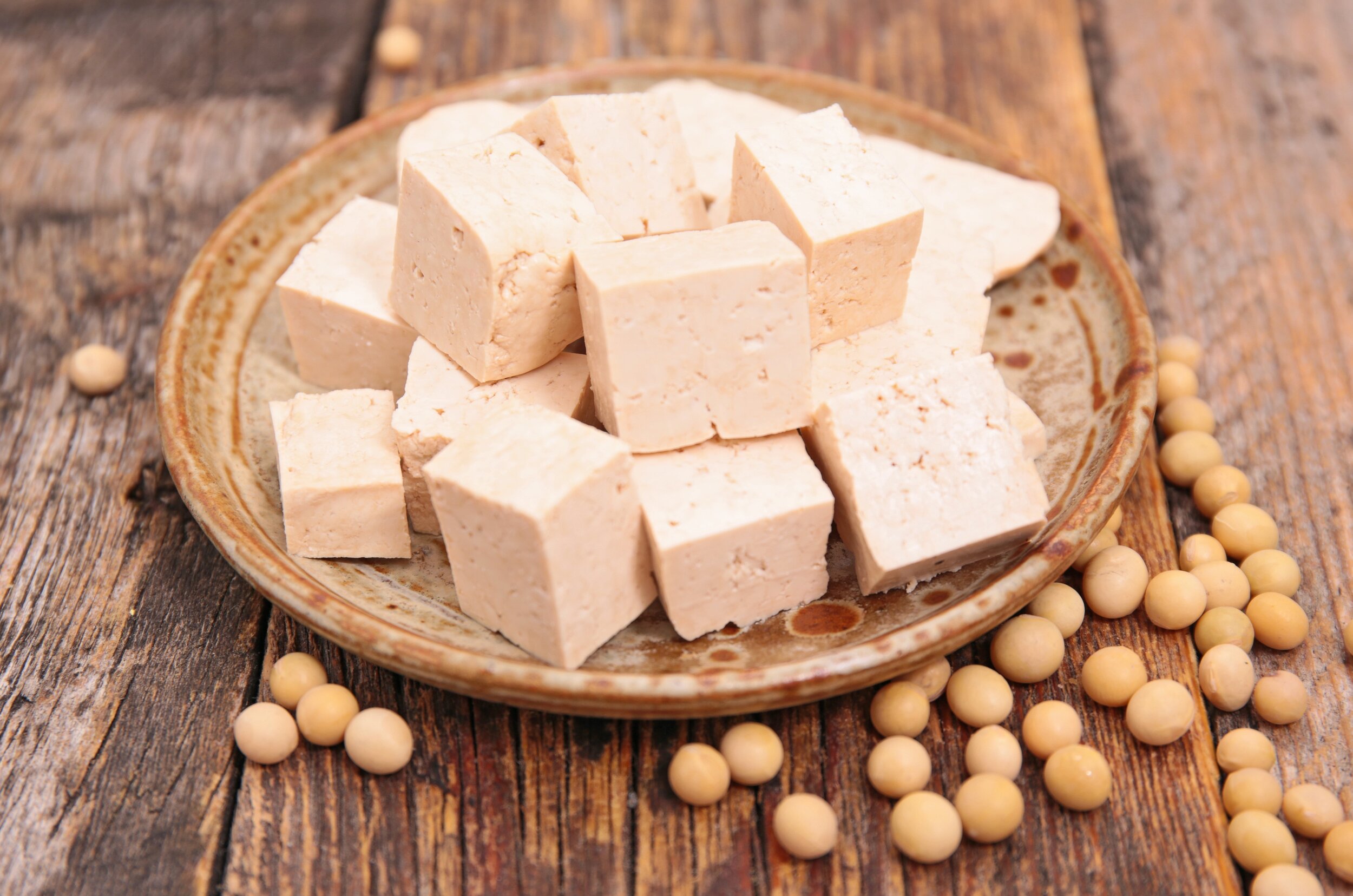
Allergy to Soy
An allergy to soy products can prove to be very difficult for the sufferer. Soy is a very frequently used ingredient in processed foods making an avoidance strategy very difficult. As with other allergens, reactions can be caused by even very small quantities of soy protein, and anaphylaxis to soybean protein has been reported. Soybean lectin has also been associated with allergic reactions.
What Is Allergy to Soy Products
Soy allergy is an adverse immune response to proteins found in soybeans. The body's immune system mistakenly identifies certain soy proteins as harmful invaders and releases chemicals such as histamines to defend against them. This immune response triggers allergy symptoms, which can range from mild to severe.
Causes of Soy Allergy
The primary cause of soy allergy is the body's immune system reacting to specific proteins in soybeans. The two major allergens in soy are Gly m 5 and Gly m 6, but other proteins can also elicit allergic responses. The exact reason why some individuals develop soy allergies while others do not is still under investigation, but a combination of genetic and environmental factors is believed to play a role.
Signs and Symptoms of Soy Allergy
Soy allergy symptoms can affect various parts of the body and may manifest shortly after consuming soy products. Common signs and symptoms include:
Skin Reactions: Hives, itching, or eczema.
Gastrointestinal Issues: Nausea, vomiting, diarrhea, or abdominal pain.
Respiratory Symptoms: Sneezing, nasal congestion, coughing, wheezing, or shortness of breath.
Cardiovascular Symptoms: Rapid pulse or a drop in blood pressure, leading to dizziness or fainting (anaphylaxis).
Risk Factors of Soy Allergy
Several factors may increase the risk of developing soy allergy:
Age: Soy allergies are more common in infants and young children, although many outgrow the allergy by adulthood.
Family History: Individuals with a family history of food allergies or allergic conditions may be at a higher risk.
Existing Allergies: People allergic to other legumes or foods may have an increased risk of developing a soy allergy.
Items on Ingredient Labels That Would Indicate the Presence of Soy Protein
Gum arabic
Bulking agent
Carob
Emulsifier
Guar gum
Hydrolyzed vegetable protein (HVP)
Lecithin
Miso
MSG (Monosodium glutamate)
Protein
Protein extender
Soy flour
Soy nuts
Soy panthenol
Soy protein
Soy protein isolate or concentrate
Soy sauce
Soybean
Soybean oil
Stabilizer
Starch
Textured vegetable protein (TVP)
Thickener
Tofu
Vegetable broth
Vegetable gum
Vegetable starch
What Can Contain Soy
Soybean flour is also often added to cereal flour and it is used extensively in the baking industry. Most breads contain at least some soy flour among their ingredients. Also, pastries, cakes, biscuits, and baby foods may also contain soy flour. Soy flour is also used in the manufacture of processed meat products, including sausages and hamburgers. Fermented soy is widely used in the food of the Far East and may be used in the preparation of soy sauce or Worcestershire sauce.
Soy may also find its way into products as a compound ingredient, being an ingredient in one of a food’s ingredients. One example is margarine. Soy may be used in margarine but if a product includes margarine as an ingredient soy itself is unlikely to be listed on the ingredients panel.
Soy protein isolate or concentrate is used to emulsify fat in some food products. Thus, it may used in the manufacture of ice cream, mayonnaise, and other foods that contain liquid fat or oil. The concentrate or isolate has also been known to be used in soymilk and as protein concentrate added to health foods and high-protein biscuits.
Although soybean oil was thought to be safe for those suffering from soybean allergies, evidence shows that the soy protein may still occur in soybean oil. The presence of soy protein in soybean oil is dependent on the purity of the oil, which depends on the extraction process used. Soybean oil is used in salad dressings, margarine, baby foods, industrial components, linoleum, paint, plastics, soap, and glue for plywood.
Other sources that may result in contact with soy protein include:
Adhesives
Blankets
Body lotions and creams
Dog food
Enamel paints
Fabric finishes
Fabrics
Fertilizers
Flooring materials
Lubricants
Nitroglycerine
Paper
Printing inks
Soaps
Research has suggested that there may be cross-reactions between soy and other members of the legume family. Evidence for broad cross-reactivity has been provided by RAST and skin tests. Still, it is rate to have a symptomatic reactivity to more than one member of the legume family and being hypersensitive to one member of the legume family, such as soybean or peanut, does not require that all legumes be eliminated from on
Foods That May Contain Soy Protein
Baby foods
Bakery goods
Black pudding
Bread (esp. high-protein bread)
Breakfast cereals (some)
Burger patties
Butter substitutes
Cakes
Candy
Canned meat or fish in sauces
Canned or packaged soups
Canned tuna
Cheese (artificial) made from soybeans
Chinese food
Chocolates (cream centers)
Cookies
Cooking oils
Crackers
Desserts
Gravy (sauce) powders
Hamburger patties
Hot dogs
Hydrolyzed vegetable protein (may be wheat)
Ice cream
Infant formula (including cow’s milk formula)
Liquid meal replacers
Margarine
Meat products (e.g., sausages, pastes, Vienna sausages [wieners])
Muesli
Pies (meat or other)
Powdered meal replacers
Shortenings
Snack bars
Soups
Soy pasta products
Soy sauce
Soy sprouts (Chinese restaurants)
Soybeans
Stews (commercial)
Stock cubes (bouillon cubes)
Tofu
Tofutti
TV dinners
Salad dressings
Sauces (e.g., Worcestershire, sweet and sour, HP, Teriyaki)
How to Diagnose Soy Allergy
Accurate diagnosis is crucial for effective management. Diagnosis involves a combination of the following:
Medical History and Symptoms: The healthcare provider will gather information about the patient's medical history, symptoms, and potential exposure to soy.
Skin Prick Test: A small amount of soy allergen is applied to the skin, and the skin is then pricked to observe for an allergic reaction.
Blood Tests: Specific IgE blood tests measure the presence of soy-specific antibodies in the blood.
Oral Food Challenge: Under medical supervision, the patient consumes increasing amounts of soy to observe for allergic reactions.
Treatment Options for Soy Allergy
Avoidance: The most effective treatment is to avoid soy and soy-containing products.
Epinephrine: For severe reactions, individuals at risk of anaphylaxis may be prescribed an epinephrine auto-injector to use in emergencies.
Antihistamines: These can alleviate mild allergic symptoms such as itching and hives.
Corticosteroids: In severe cases, corticosteroids may be prescribed to reduce inflammation.
Preventive Measures to Avoid Soy Allergy
Preventing soy allergy reactions involves diligence and awareness:
Read Labels: Always read food labels to identify soy ingredients and potential cross-contamination.
Inform Others: Make sure friends, family, and caregivers are aware of the soy allergy and know how to respond in case of an emergency.
Educate Yourself: Learn about hidden sources of soy and alternative ingredients that can be safely consumed.
Cook at Home: Preparing meals at home gives better control over ingredients, reducing the risk of accidental soy exposure.
Contact Dr. Lubitz Today and Arrange a Consultation
If your asthma or allergies are getting you down, don’t suffer needlessly. Same-day appointments are available. We have multiple offices throughout Manhattan.
